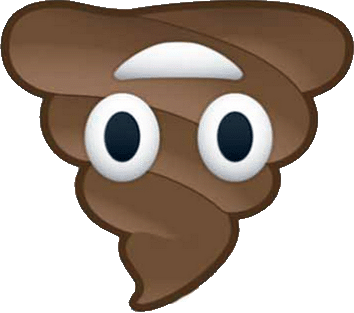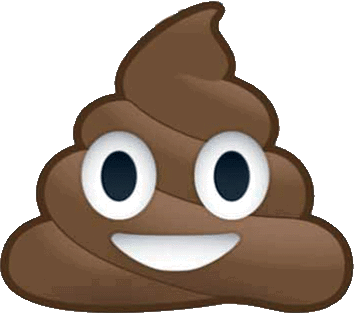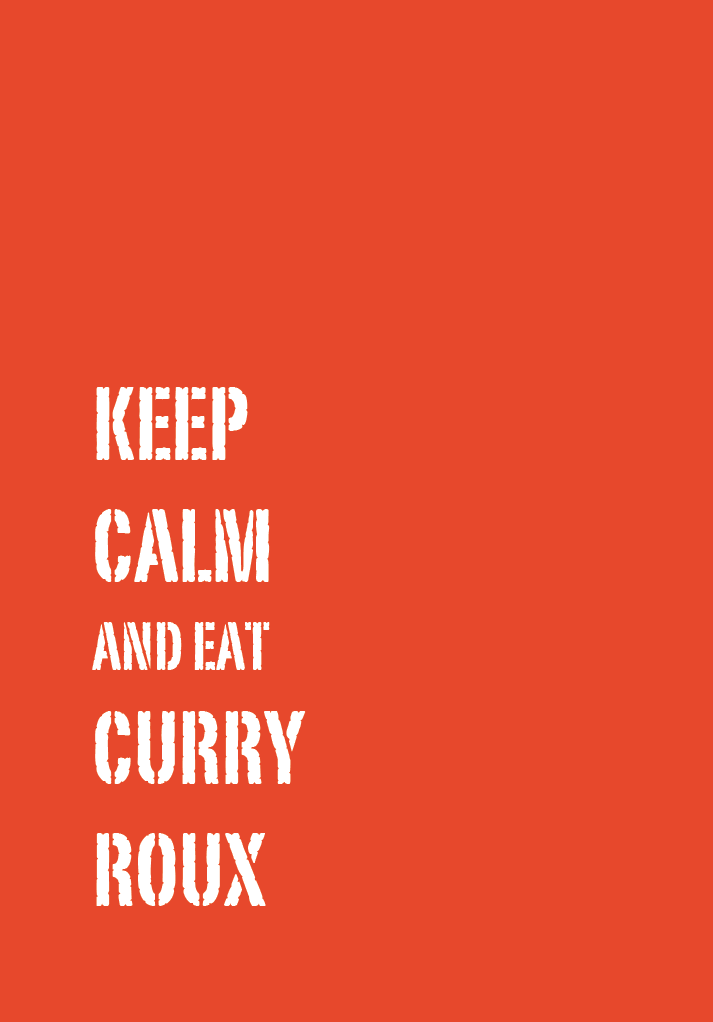滴定のメタファー
metaphor of titration


滴定のメタファー
metaphor of titration


「滴定(titration)とは、与えられた化学資料を他の物質に変換してしまうのに必要とされる、既知の 濃度をもつ試薬の量 を測定することによって、試料の容量を決定することであると言ってよいであろう。そして反応の終点は、試料の色の変化、その他の手段によって確認されるの である。これがいわゆる定量分析であって、一般に考えられているよりも新しいものである。1782年にギドン・ド・モルヴォーによってこの先駆的方法が使 用されたが、その技術はジョン・ドールトンが完全に体系化し、1819年の論文の中で記述した。しかし、滴定という名称は、1868年にはじめて使用され るまで、その用例を見ることができない」(ニーダム 1974:xxi)。
"The word "titration" descends from the French word tiltre (1543), meaning the "proportion of gold or silver in coins or in works of gold or silver"; i.e., a measure of fineness or purity. Tiltre became titre,[4] which thus came to mean the "fineness of alloyed gold",[5] and then the "concentration of a substance in a given sample".[6] In 1828, the French chemist Gay-Lussac first used titre as a verb (titrer), meaning "to determine the concentration of a substance in a given sample".[7]/ Volumetric analysis originated in late 18th-century France. François-Antoine-Henri Descroizilles (fr) developed the first burette (which was similar to a graduated cylinder) in 1791.[8][9][10] Joseph Louis Gay-Lussac developed an improved version of the burette that included a side arm, and coined the terms "pipette" and "burette" in an 1824 paper on the standardization of indigo solutions.[11] The first true burette was invented in 1845 by the French chemist Étienne Ossian Henry (1798–1873).[12][13] A major breakthrough in the methodology and popularization of volumetric analysis was due to Karl Friedrich Mohr, who redesigned the burette into a simple and convenient form, and who wrote the first textbook on the topic, Lehrbuch der chemisch-analytischen Titrirmethode (Textbook of analytical chemistry titration methods), published in 1855.[14][15]" - (titration)
ニーダム、ジョセフ『文明の滴定』橋本敬造訳、法政大学出版局、1974年
ジョゼフ・ニーダム(Noel Joseph Terence Montgomery Needham, 1900-1995)
うんこ研究リンクは消滅しました、悪しからずご了承ください。
うんちをクリックすると「うんこの哲学」に戻れます
